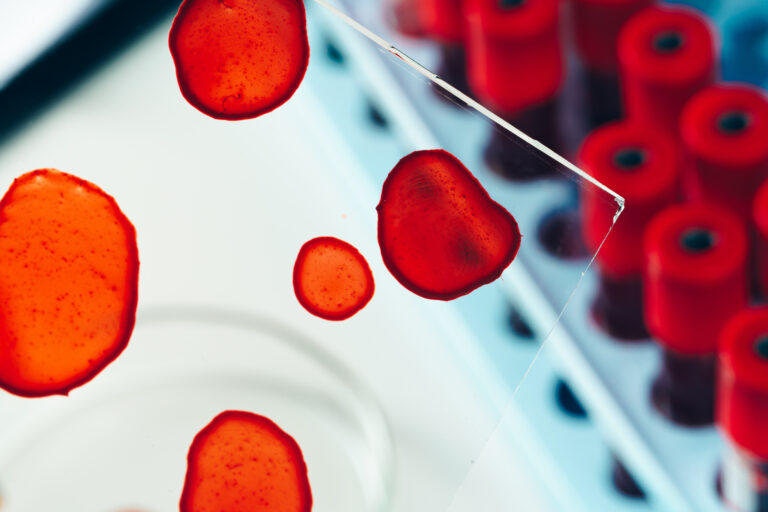Determining drugs, heavy metals, and oxysterols in fish muscles.
This study aimed to assess the levels of 98 multi-class drugs, including cardiovascular drugs, antidepressants, sedatives, antibiotics, and sulfonamides, present in the muscle tissue of fish caught in the Baltic Sea. The following fish species were collected: perch (Perca fluviatilis); flounder (Platichthys flesus); turbot (Scophthalmus maximus); plaice (Pleuronectes platessa); cod (Gadus morhua callarias); bream (Abramis brama); carp (Carassius carassius). Additionally, the levels of heavy metals and trace elements (As; Ag; Au; Ba; Cd; Co; Cr; Cu; Hg; Li; Mo; Ni; Pb; Sb; Se; Sn; Tl; V), as well as the levels of cholesterol and its 5 derivatives (7-ketocholesterol; 7α-hydroxycholesterol; 7β-hydroxycholesterol; 5β,6β-epoxycholesterol; 5α,6α-epoxycholesterol), were determined in the examined fish muscle tissue.
In the conducted studies, 11 out of 98 tested drugs were detected in the fish muscles. The levels of drugs in fish muscles varied depending on the species. No drugs were detected in the tissues of bream and carp. Mercury, lead, and arsenic were detected in the muscles of all examined fish. Based on the Hazard Quotient (THQ) for Hg, Pb, Cd, Ni (Target Hazard Quotient, THQ < 1), it was found that consuming the tested fish poses no health risk. However, the THQ for As remained >1, indicating potential risk associated with these metals. In the examined fish muscle tissue, the concentration of cholesterol oxidation products (COPs) was as follows: 6.90 (cod) μg/g–4.18 μg/g (perch), corresponding to 0.7–1.5% of cholesterol. The main COPs assessed were 7-ketocholesterol (0.78 ± 0.14–1.79 ± 0.06 μg/g), 7β-hydroxycholesterol (0.50 ± 0.04–3.20 ± 2.95 μg/g), and 5β,6β-epoxycholesterol (0.66 ± 0.03–1.53 ± 0.66 μg/g).

Fish in the diet:
Fish are considered an excellent source of high-quality protein, especially essential amino acids like lysine and methionine. Globally, they constitute about 6 percent of the protein in the diet, but it should be noted that for approximately 3 billion people, fish make up even 20 percent of the average per capita consumption of animal protein. It is also known that fish and fish oils are good sources of polyunsaturated fatty acids, especially eicosapentaenoic acid (EPA) and docosahexaenoic acid (DHA). A diet rich in fish reduces the risk of cardiovascular diseases. Replacing other animal products in the diet with fish may be beneficial for the heart due to the lower content of saturated fatty acids and cholesterol in these products and their high content of polyunsaturated fatty acids compared to other sources of animal protein.

Omega-3 fatty acids:
Omega-3 fatty acids are essential for neurological development in adults and for improving cognitive development in infants and young children. Fish are also rich in nutrients such as calcium, selenium, and zinc. Additionally, all fish are a good source of B vitamins, and in the case of fatty varieties, vitamins A and D as well. Considering the health benefits associated with fish consumption, the 2010 Dietary Guidelines for Americans recommend consuming 8 ounces (227 g) of fish per week, particularly fatty fish like salmon, mackerel, sardines, herring, anchovies, swordfish, trout, and tuna, to provide an average daily intake of 250 mg EPA/DHA. National fish consumption guidelines vary from country to country, recommending fish intake ranging from 100 g/week (Germany) to 550 g/week (Greece).
Research findings:
Analysis of real samples revealed that among the 98 compounds investigated, the following were detected in fish muscles: antibiotics, sulfonamides, antidepressants, antiepileptic drugs, antipsychotic drugs, antiparasitic drugs, and cardiovascular drugs. The highest concentrations were observed for ofloxacin (up to 3.43 ng/g, cod) and thiabendazole (up to 2.09 ng/g, turbot), followed by metronidazole (max. 1.92 ng/g, turbot), promazine (max. 1.56 ng/g, cod), carbamazepine (max. 1.18 ng/g, cod), fluoxetine (max. 0.57 ng/g, perch), tianeptine (max. 0.53 ng/g, perch), clarithromycin (max. 0.44 ng/g, flounder), sulfadimethoxine (max. 0.37 ng/g, flounder), bisoprolol (max. 0.23 ng/g, flounder), and erythromycin (max. 0.17 ng/g, cod). Levels of drugs in fish muscles varied depending on the species. No drugs were detected in the tissues of bream and carp.

Conclusions:
We observed the presence of 11 out of 98 examined drugs from the following therapeutic groups: antibiotics, sulfonamides, antidepressants, antiepileptic drugs, antiparasitic drugs, antipsychotic drugs, and cardiovascular drugs. These drugs were previously detected in Polish surface waters as well. The highest concentration in fish muscles (>2.0 ng/g) was found for ofloxacin and thiabendazole.
Similar Articles

Learn more about our ongoing projects and the range of services we offer.
Get in touch with us


 Read the article
Read the article
 Read the article
Read the article
 Read the article
Read the article